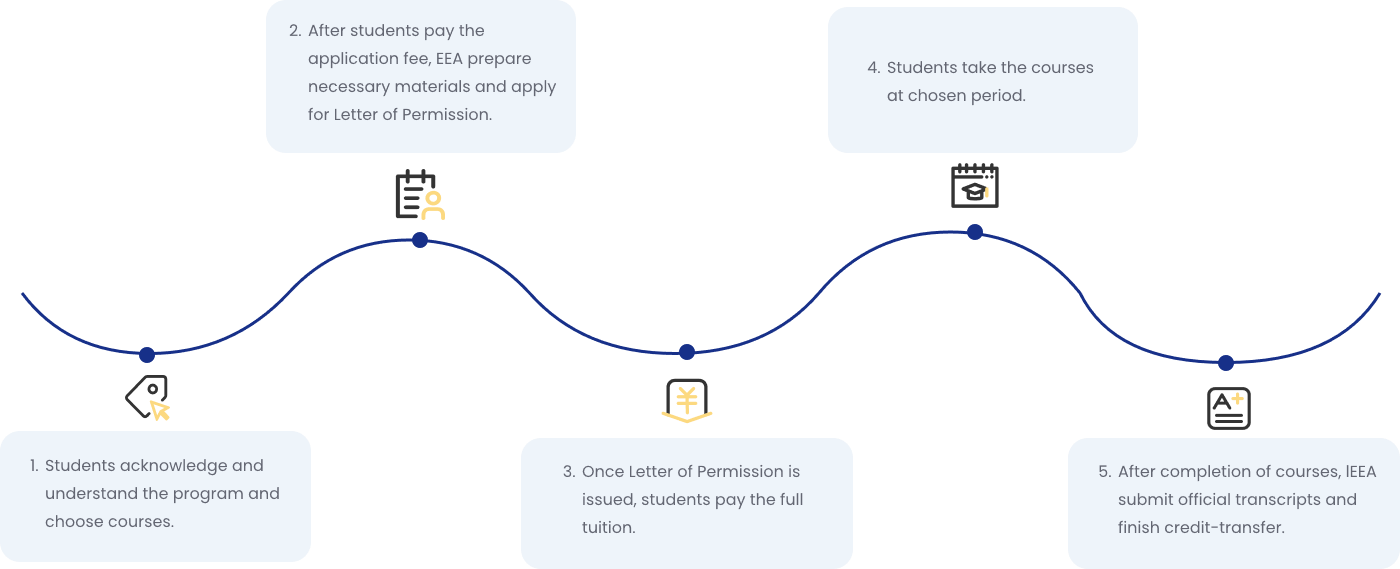


As you begin your university journey towards, course credit is an important term that you must understand. Course credit, credit hours, or credit, are interchangeable terms that universities use to decided if you have successfully completed a class. To earning your degree, there is a specific number of credits that you must have. Each course that you successfully complete gives you credit toward the total number of credits required for to complete a degree.
Universities in different regions and in different countries vary in the number of credits required for graduation. For example, to graduate with an undergrad degree from the University of British Columbia requires 120 credits while an undergrad degree from University of Toronto requires 20. The amount of time and number of courses a student must take to earn an undergrad degree are similar. What is different is the value that universities have assigned credits gained for successfully completing a course. The amount of credit needed to complete a undergrad can also vary depending if you are pursuing a specific speciality or degree type such as a Double Major or Honors Degree.


The benefit of the IEEA Credit Program is that IEEA provides learners with the opportunity to transfer course credits from one of our institutional partners to their home institution. By participating in the IEEA credit transfer program, learners gain an affordable pathway to experience international education, enriching their academic journey and broadening their global perspective—an advantage that will benefit their future personal and professional endeavors.


The Letter of Permission (LOP), is an official university document that students can use to apply to take courses for credit outside of their home university. Different universities have different rules for granting Letters of Permission. Therefore, it is a vital first step to request official permission from the university before beginning the credit transfer process.
Letter of Permission can be obtained for your school's registrar's office. Increasingly, Letters of Permission are completed electronically either through your student services portal or by email.


The home university will evaluate the student’s eligibility for taking courses at other institutions, based on factors like GPA, academic year, and overall academic performance

The home institution will verify the host institution’s qualification to assess if they could provide the equivalent level of education to students.

Every home institution generally has its own specific policy regarding transfer credit. Students can find this information on official website or consult our staff for guidance.

The home institution will inspect the course curriculum that host institution deliver, to make sure that students would be educated with the equivalent knowledge.
Our courses will be delivered through our online platform or through the online platform of our institutional partners.
The application fee is 200 CAD plus the administrative cost your institution charges for processing the Letter of Permission. If your university denies you a Letter of Permission, your application fee will be refunded. The full cost of course tuition will be payable once you receive your Letter of Permission.
The first step towards completing a credit with IEEA is to secure a Letter of Permission from your current university. The Letter of Permission grants you, the learner, permission to take credit courses outside of your current university. Because you have received permission to take the credit course, upon successful completion of the course (60% minimum), transferring the credit to your home university becomes a simple and seamless process.
No, the grade you earn in IEEA courses will not affect your GPA. Once you successfully complete the course, only the course credits you earned will be transferred and will appear on your transcript.
With IEEA you benefit from the flexibility of global education without the high costs while earning valuable credits that transfer seamlessly back to your home university.
About US Contact Us